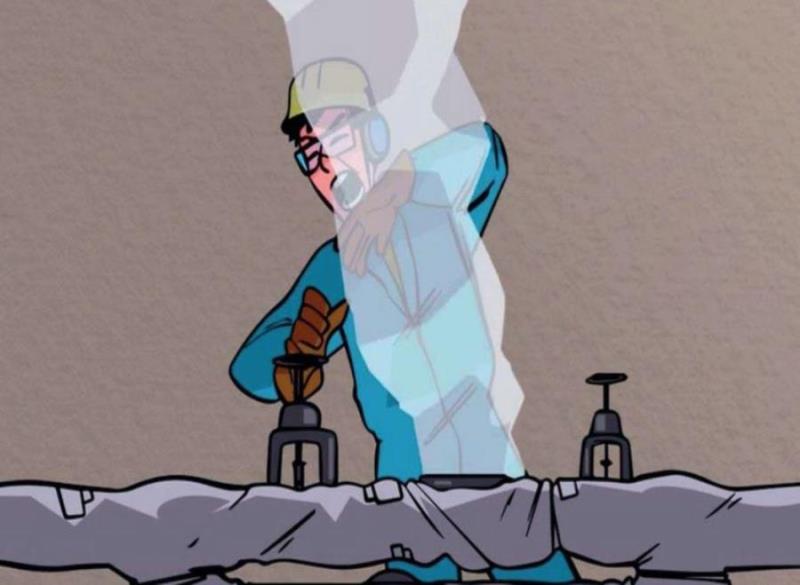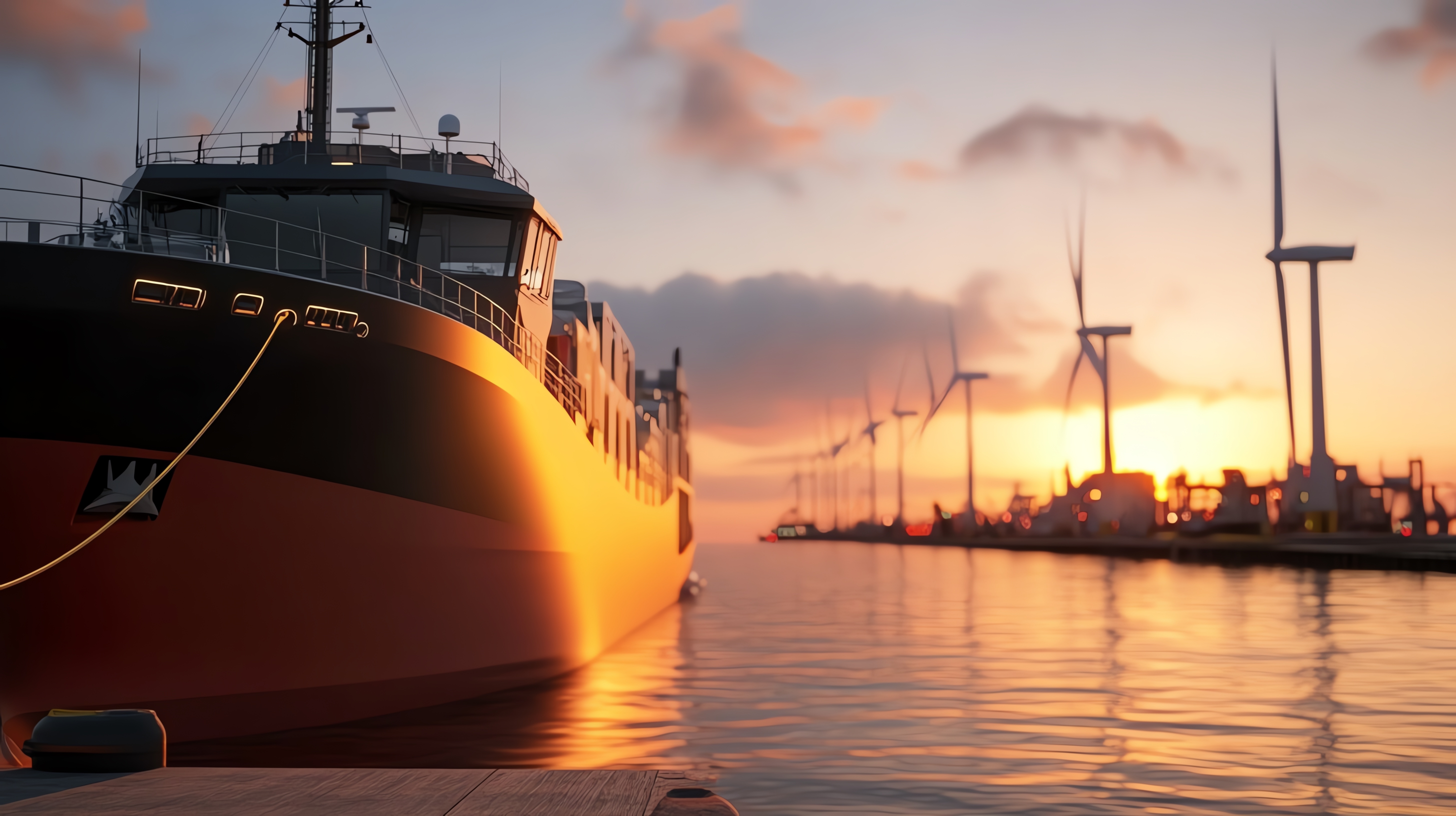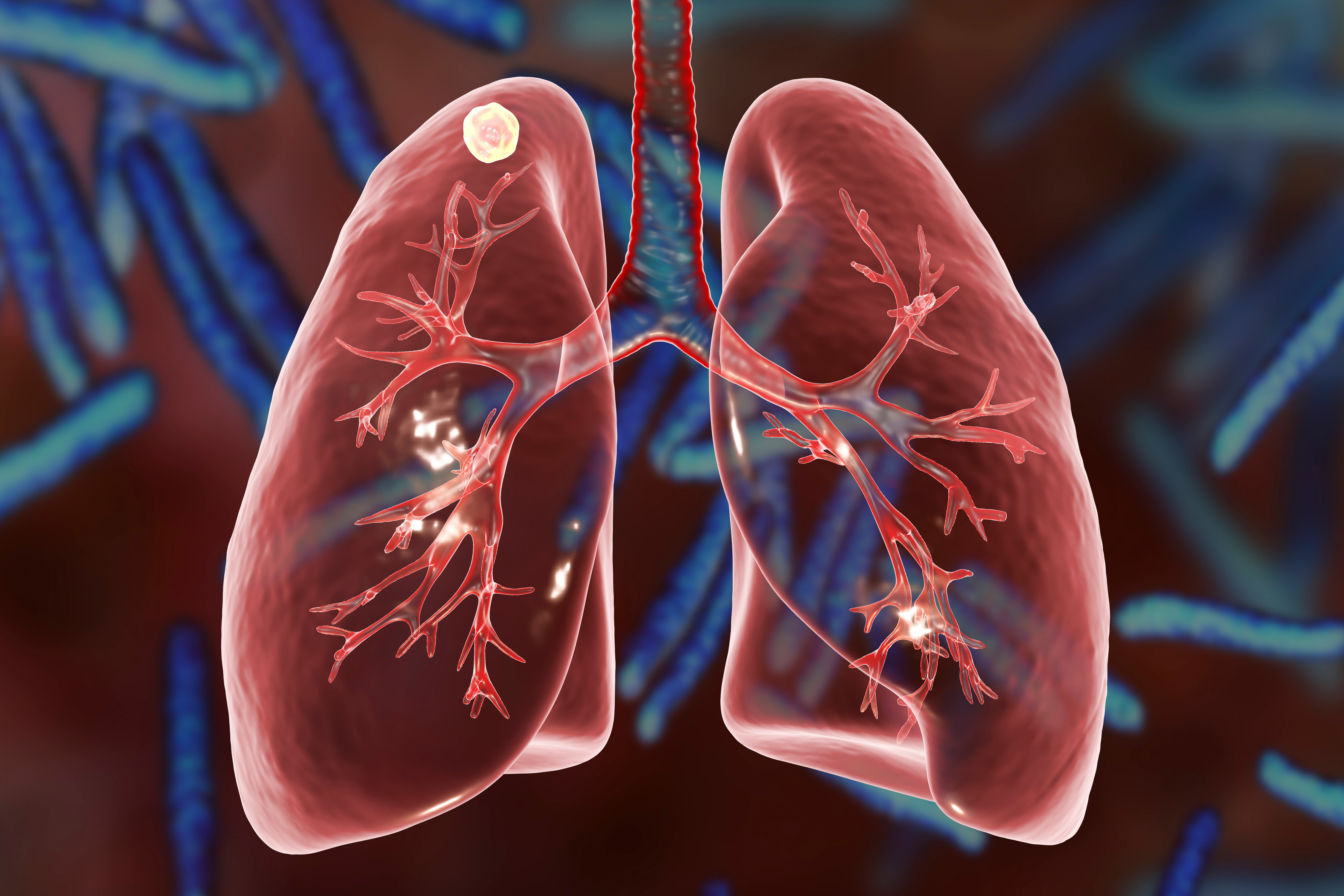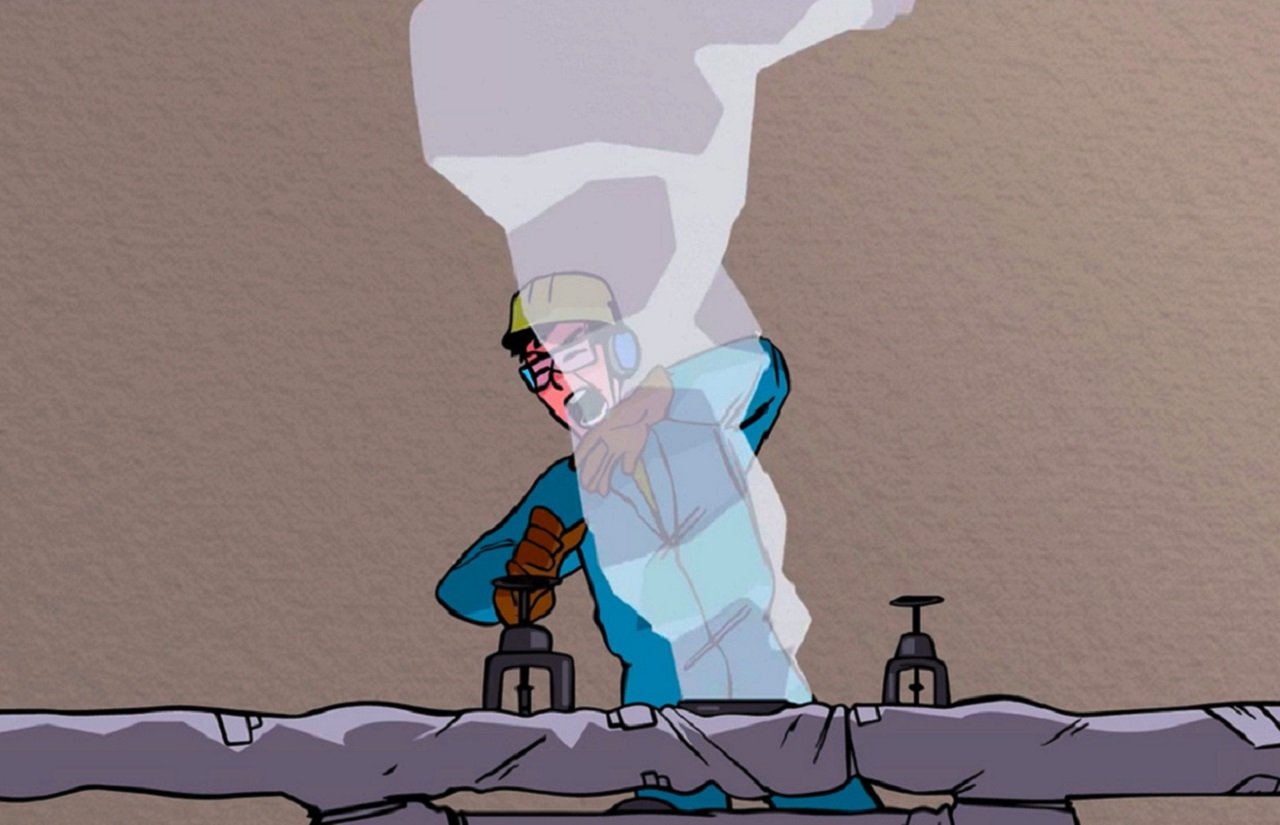
Burns can be some of the most painful and dangerous personal injuries that may be inflicted both at work and in domestic situations.
The potential sources and causes of burn injuries can be varied and may range from a painful but minor inconvenience to life changing injury and death.
In the majority of cases, burn casualties reported to the Club were able to make a full recovery after receiving appropriate first aid or professional medical treatment ashore. However, some were not so fortunate, with seafarers suffering appalling physical pain, disfigurement, amputations and loss of life.
Burn injuries are bad news whenever and wherever they occur, but when they happen at sea, remote from shore medical facilities, the consequences may become dangerously aggravated. A serious burn will require prompt professional medical attention and special facilities which are unlikely to be available on a merchant ship navigating in mid ocean.
For this reason it is particularly important that seafarers are fully aware of the risks presented by hot (and cold) appliances and systems as well as the necessary safety precautions to take, both on and off duty.
What is a burn?
A burn is damage to skin tissue which causes the affected skin cells to die resulting in swelling, blistering, redness, charring and tissue loss. The most common causes of burn injuries to crew on board ships may be summarised as follows:
- Steam and hot fluid burns
- Contact with heated surfaces
- Exposure to hot or burning solids, liquid or gas
- Chemical burns
- Electrical burns
- Cold burns
Structure of human skin
Skin has an outer layer (epidermis) and a deep layer (dermis). The latter contains the sweat glands, hair follicles and nerves relaying sensation and pain to the skin.
Classification of burns
Source: The Ship Captain’s Medical Guide
The burn is graded according to the SCALD scale to determine the severity of the burn.
SCALD stands for:
S – Size
C – Cause
A – Age of casualty
L – Location on body
D – Depth
Superficial (previously called first degree) burns affect only the outer skin layer, causing reddening of the skin which is painful, mild swelling, tenderness and pain.
Partial thickness burns (previously called second degree burns) are recognised by reddening of the skin, blisters forming and pain. Fluid can start leaking.
Full thickness burns are recognised by their charred appearance. The burn may also appear white and waxy depending on the cause. There is still excruciating pain around the edges of the burn but the main burn will be pain free due to the burn damaging the nerve endings.
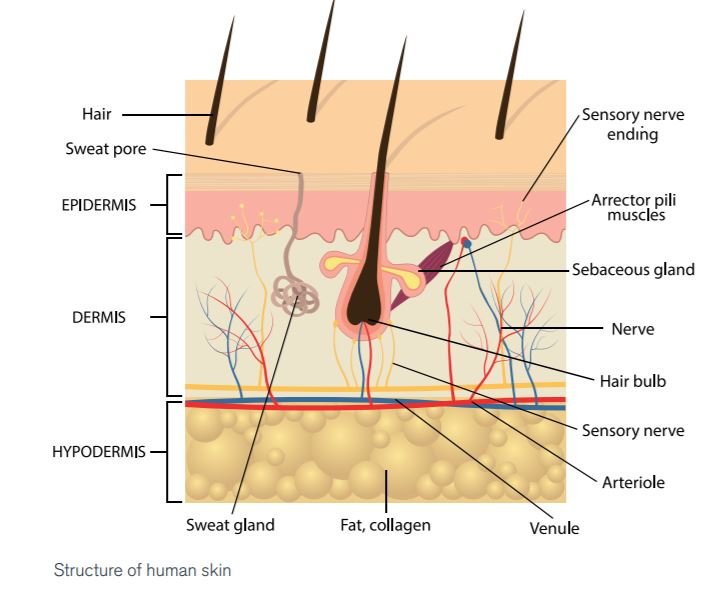
The treatment of burns will depend upon the cause of the burn, how deep it is and how much of the body it covers. Ship’s masters need to be fully aware of the potentially life threatening complications that may present in a casualty due to the loss of the protective skin layer, including infection, hypothermia, dehydration and shock, even in the case of burns of a relatively minor bodily extent. It is therefore of vital importance that burn injuries are quickly assessed and professional medical advice obtained as soon as possible, even if they initially appear to be trivial. The apparent seriousness of burn injuries can be easily misjudged by laymen, with casualties in the early stages presenting as being alert or not even in great pain due to the effects of shock or the destruction of nerve endings. This can engender complacency and delays in seeking appropriate medical attention with sometimes tragic consequences.
The high risk of burn injuries leading to serious complications means that in the event of a crew burn incident, the master, ship manager or telemedicine service will often require or recommend that the vessel deviates to the nearest port or place where medical facilities are available to administer appropriate treatment. This is a commonly recurring feature of burn incidents which will inevitably result in an escalation in claim costs.
As “prevention is better than cure” the different types of burn injury and preventative safety precautions may be examined as follows:
Steam and hot fluid burns and scalds
This is perhaps the most common type of burn injury to which ships crews are exposed. The Club’s claims experience indicates that the largest proportion of steam and hot fluid burns occur in the machinery spaces although other high risk environments include the galley, mess rooms and areas where high temperature tank cleaning or cargo operations are being performed.
Accidents often occur in the engine room when steam and hot oil systems are opened up for maintenance or inspection. Still from Burn Injury to Engineer video at https://vimeo.com/438149145
Typically, unwary engine room crew will dismantle a valve, pipe flange or other machinery component in the mistaken belief that the system has been properly isolated, de-pressurised and drained, with the result that they become exposed to steam or hot fluid ejected from the system. This is frequently attributable to an absence of or inadequate pre-work planning, where the risks of steam or fluid discharge are not properly assessed and required safety precautions not put in place. Not surprisingly, hot water and steam injuries in machinery spaces commonly arise in connection with work on boilers and their associated systems, including hot wells. All heated oil systems are a potential hazard, particularly bearing in mind that fuel oil service temperatures may typically be in the region of 125°C to 140°C. In this respect, work associated with fuel pumps, fuel filters, fuel settling and service tanks and waste oil tanks regularly feature in burn accident reports. Unfortunately there is a tendency to view work relating to the operation and maintenance of these systems as routine and not deserving of a proper risk assessment or pre-work tool box talk. Raising hazard awareness through on board training, familiarisation and the implementation of Permit to Work procedures for tasks of this nature could go a long way to preventing many avoidable injuries. This would include the use of appropriate Personal Protective
Equipment (PPE) such as heat resistant gloves or gauntlets, aprons and full face visors.
Burn injuries occasionally occur on deck during cargo tank cleaning or steaming operations due to poor working practices or improperly made connections. Particular care should be taken when personnel are required to enter cargo tanks to assist with the stripping of heated vegetable oils. Crew should also be aware that pressurised hydraulic oil in mooring winches and other machinery may reach very high temperatures.
Galleys and catering facilities are obvious high risk area for burn injuries, containing a wide range of heated appliances and receptacles for hot or boiling water and very high temperature cooking oils.
Our Risk Focus: Burns document is available to download here.
Special thanks
This advice was compiled in collaboration with Red Square Medical, who offer a full range of maritime medical services, from training and consultancy services, right through to mass casualty incident planning and training. www.redsquaremedical.com

